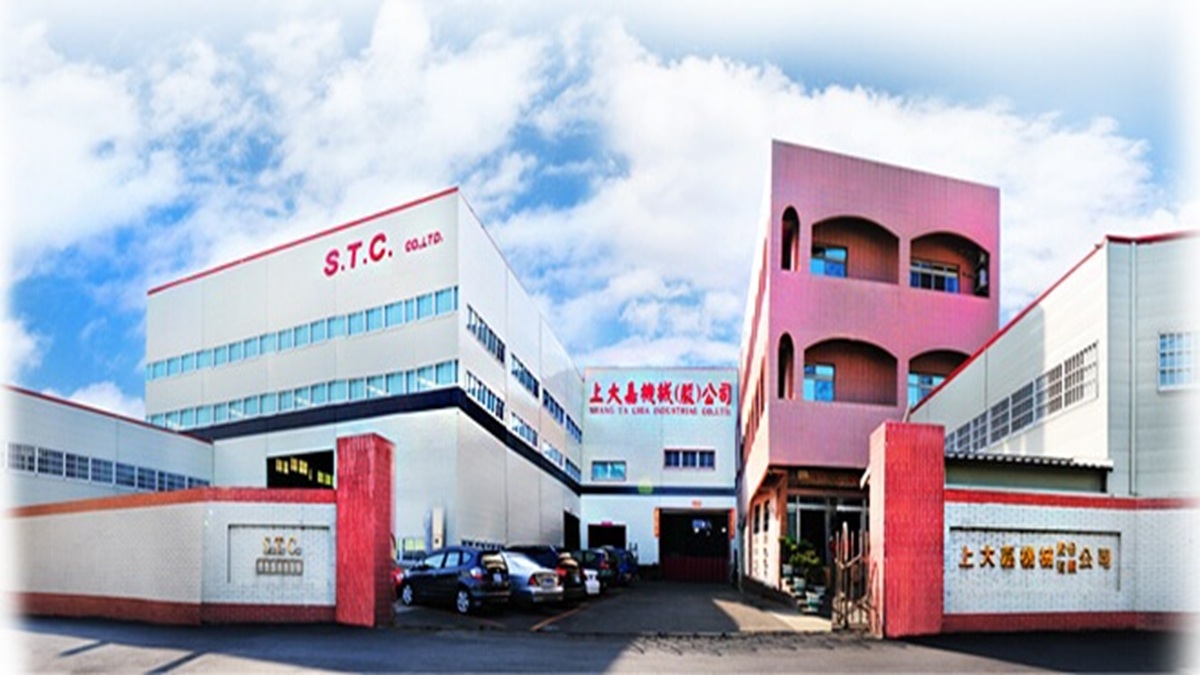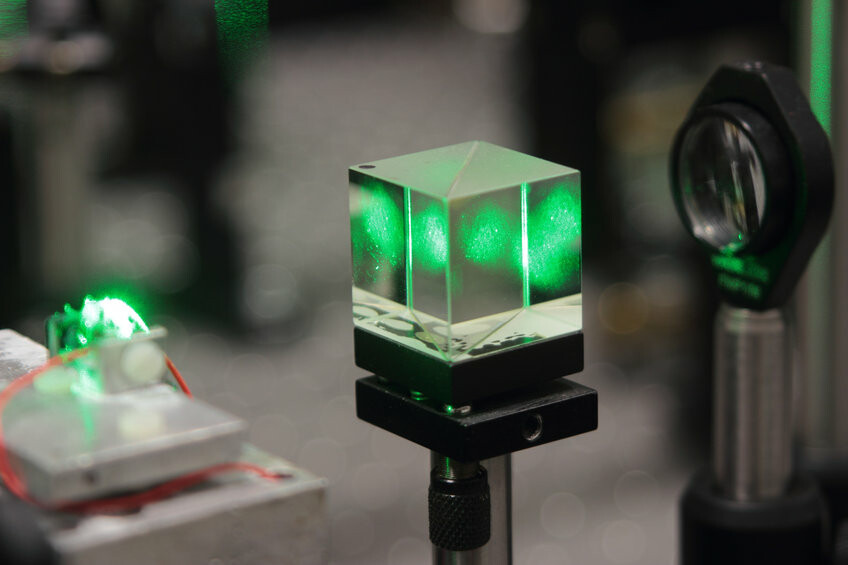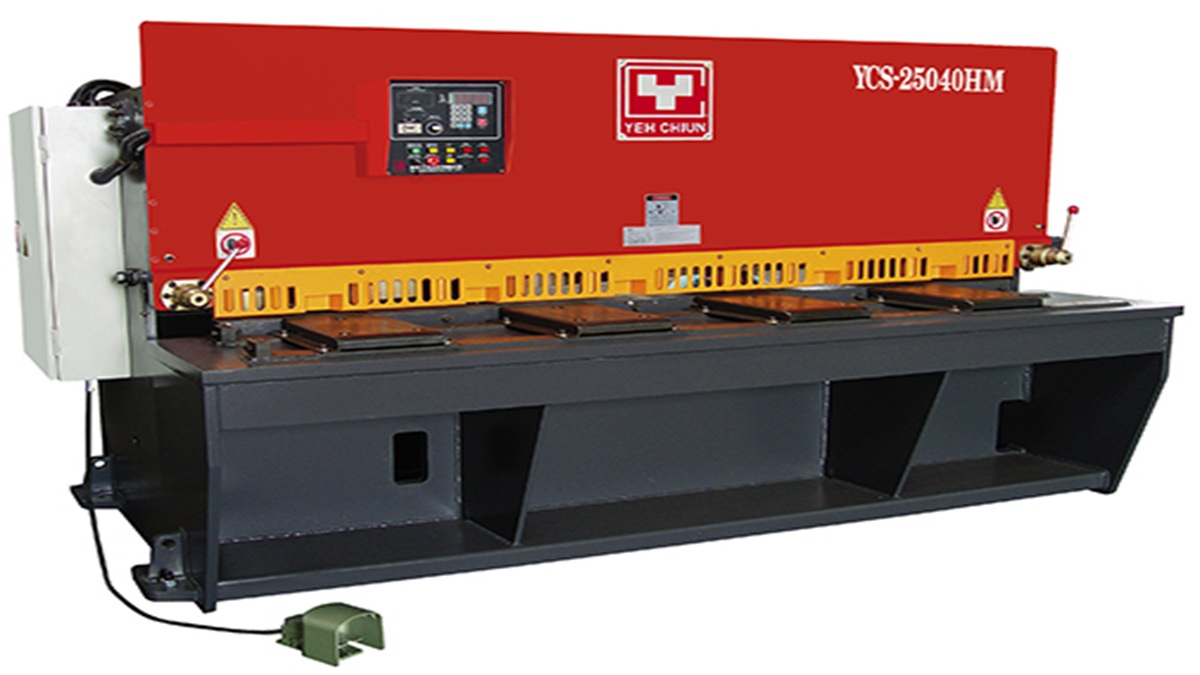In the 20th century, bandsaws were still bulky, fixed-speed machines that relied heavily on operator skill. However, with the advancement of technology over generations, modern bandsaws—enhanced by smart technologies—have become more precise and convenient compared to their early counterparts. Fully automated designs have lowered technical barriers and made operation significantly safer. What appears to be an ordinary saw blade actually plays a crucial role in linking the entire manufacturing process.
The Invention and Commercialization of the Bandsaw
The concept of the bandsaw can be traced back to 1809, when British inventor William Newberry was granted a patent. Unfortunately, due to technical limitations at the time, it couldn’t be realized. In 1846, French engineer Anne Paulin Crepin developed the band blade welding technique, which A. Perin & Company then brought to market, making practical band blades a reality. In the U.S., the first bandsaw patent was granted to Benjamin Barker in 1836, and later Paul Prybil designed the first mass-production factory model—ushering in the commercial use of bandsaws.
As technology matured, bandsaws gradually incorporated semi-automated features such as automatic feeding systems, tension control, and variable frequency drives—greatly reducing human error and improving efficiency and stability. In more recent years, machine models have further integrated features like parameter memory, multi-stage cutting programs, and anomaly detection. Combined with touchscreen interfaces and automatic shut-off functions, modern bandsaws have evolved into high-precision, intelligent equipment capable of meeting large-scale manufacturing demands.
Smart Modularization Enhancing Efficiency and Safety
WAY TRAIN has emerged amid this wave of industrial development. Since its founding in 1983, WAY TRAIN has expanded from producing handheld and benchtop bandsaws to offering intelligent cutting equipment. With more than 30 product models and successful exports to Europe, the U.S., and over 50 countries worldwide, the company has built a strong and reputable brand both domestically and internationally.
Unlike the earlier focus on mechanical size and horsepower, WAY TRAIN embraces a user-centered development philosophy. It incorporates features such as smart management, material hardness detection, automatic feeding, tension stabilization, and fault detection into its bandsaw architecture. These functions significantly improve operator safety, machine stability, and blade lifespan—allowing businesses to produce high-quality cuts with less manpower, lower costs, and reduced time.
Future Trends: Tooth Breakage Detection and Smart Factory Integration
Currently, smart bandsaws still commonly face unexpected issues such as blade breakage and tooth loss, which often lead to production interruptions and increased costs. Recent industry observations indicate that the future development of bandsaws is moving toward the integration of AI-driven real-time monitoring technologies. By analyzing parameters such as torque, vibration, and current, these systems can assess blade health instantly and automatically shut down when necessary, reducing the risk of unplanned downtime.
Another key direction is integration with ERP systems. Through remote monitoring and predictive maintenance, combined with big data and AI algorithms, bandsaws will not only be able to automatically adjust cutting parameters but also issue early anomaly warnings. Step by step, they are evolving into intelligent assistants within smart factories.
In line with this trend, Train Machinery may continue to deepen its R&D in this direction. From its past focus on improving cutting efficiency and machining precision to exploring intelligent and self-learning equipment, Way Train’s evolution reflects how Taiwan’s machinery industry is responding to the global wave of smart manufacturing.













